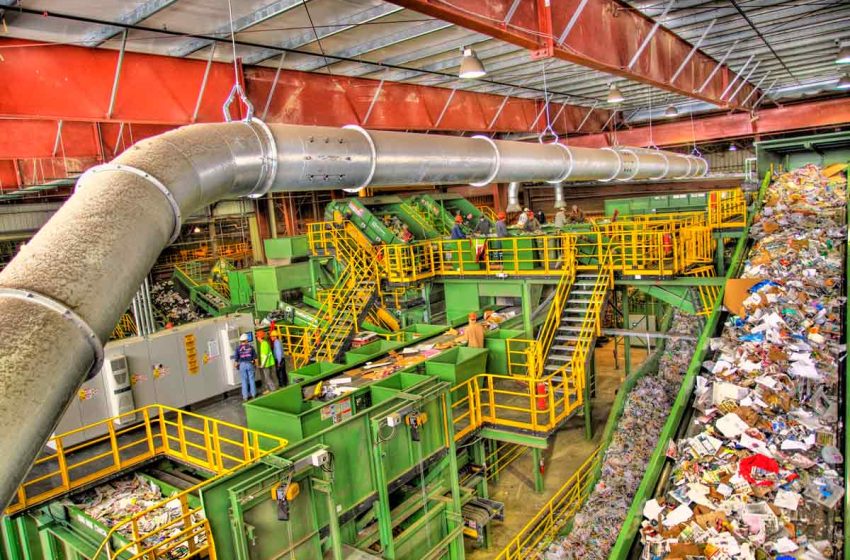Why Is most plastic not recycled?

Many of us consider plastic recycling a great step toward lowering our ecological footprint and protecting the environment. However, less than 10% of plastic waste generated globally has been recycled so far. A somewhat larger portion (12%) has been incinerated and the rest has simply ended up in landfills and our oceans.
Plastic recycling is still an important part of the picture, but as our recycling capacity is currently unable to handle the amount and types of plastic we are discarding, we need to look at other – more immediate – solutions to the global plastic pollution crisis.
What are the reasons preventing us from recycling more? What happens to most of our plastic waste? Let’s try and find some answers to these common questions.
About 91% of plastic isn’t recycled, but why? The reasons behind the low percentage of plastic recycling are manifold.
We often simply throw plastics away into the recycling bin, however, due to the material properties of plastics, not all can be recycled. About 75% of global plastics produced are thermoplastics that can be melted and molded over and over to produce new plastics, which – in theory – makes all thermoplastics recyclable. The remaining 25% of plastics are thermoset plastics that do not soften when exposed to heat, making them near-impossible to recycle. Examples of products in which this type of plastic is used include electrical insulation, ropes, belts, and pipes.
Despite the many issues associated with thermoset plastics use, their durable nature means that thermosets are also disposed of less often, therefore, in theory, causing less damage as an environmental pollutant relative to thermoplastics. However, issues associated with the disposal of thermoplastics include the fact that they are significant contributors to microplastic water contamination, as well as the fact that incineration creates notable contributions to GHG emissions and deteriorates air quality. Recycling these materials is challenging, and recycling is only part of the overall package of solutions required to tackle the plastic pollution crisis.
Consumers are making plastics unfit for recycling
Let’s consider the problem at an individual level. Believe it or not, some plastics are not recycled despite being recyclable and put in a recycling bin!
Here’s an example. Say you’re a conscious consumer who discards recyclable plastics in the appropriate container — you put away an empty oil container in a recycling bin but some oil residue remains in the bottle.
The container will not get recycled because it is unfit for recycling. The truth is that plastic with food residues in or on it usually cannot be recycled. Only good quality, clean, plastics can go through the recycling process. Sometimes a recycling factory would perform the washing for you, but most times the plastic is deemed useless, lumped with the other trash, and thrown in a landfill or an incinerator. Recycling is an energy-intensive process that becomes more costly as additional steps such as post-consumer selection and washing are added.
The new plastic is still relatively cheap to produce and creates a competitive environment in which added costs to the process make recycled plastic significantly more expensive. Furthermore, in countries where the price of electricity is high, it might be more profitable to incinerate instead of recycling.
